14. WALL•E (2008)
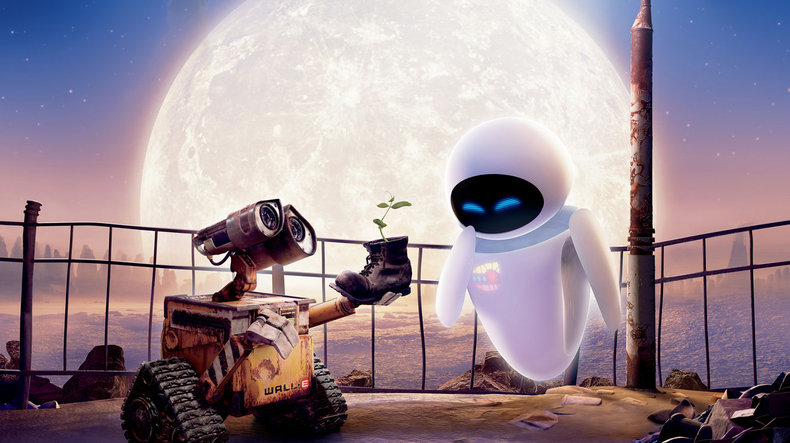
This stunning animation from Pixar Animation Studios, ostensibly a children’s film, has loftier ambitions than most would expect. Set in the year 2805 on an abandoned Earth, WALL-E is a diminutive service robot, a forsaken caretaker, of sorts. Touching on themes of overpopulation, corporate overconsumption, the environment, waste management, dominion, responsibility, and all with a sentimental lip, director and co-writer Andrew Stanton has a lot to say, and does it with very little dialogue.
Fabulist filmmaker Terry Gilliam counts himself as one of many WALL-E fans, considering it to be one of the best animated films of all time. “A stunning bit of work,” Gilliam told Time Out London, adding that “the scenes on what’s left of planet Earth are just so beautiful: one of the great silent movies.”
13. Playtime (1967)
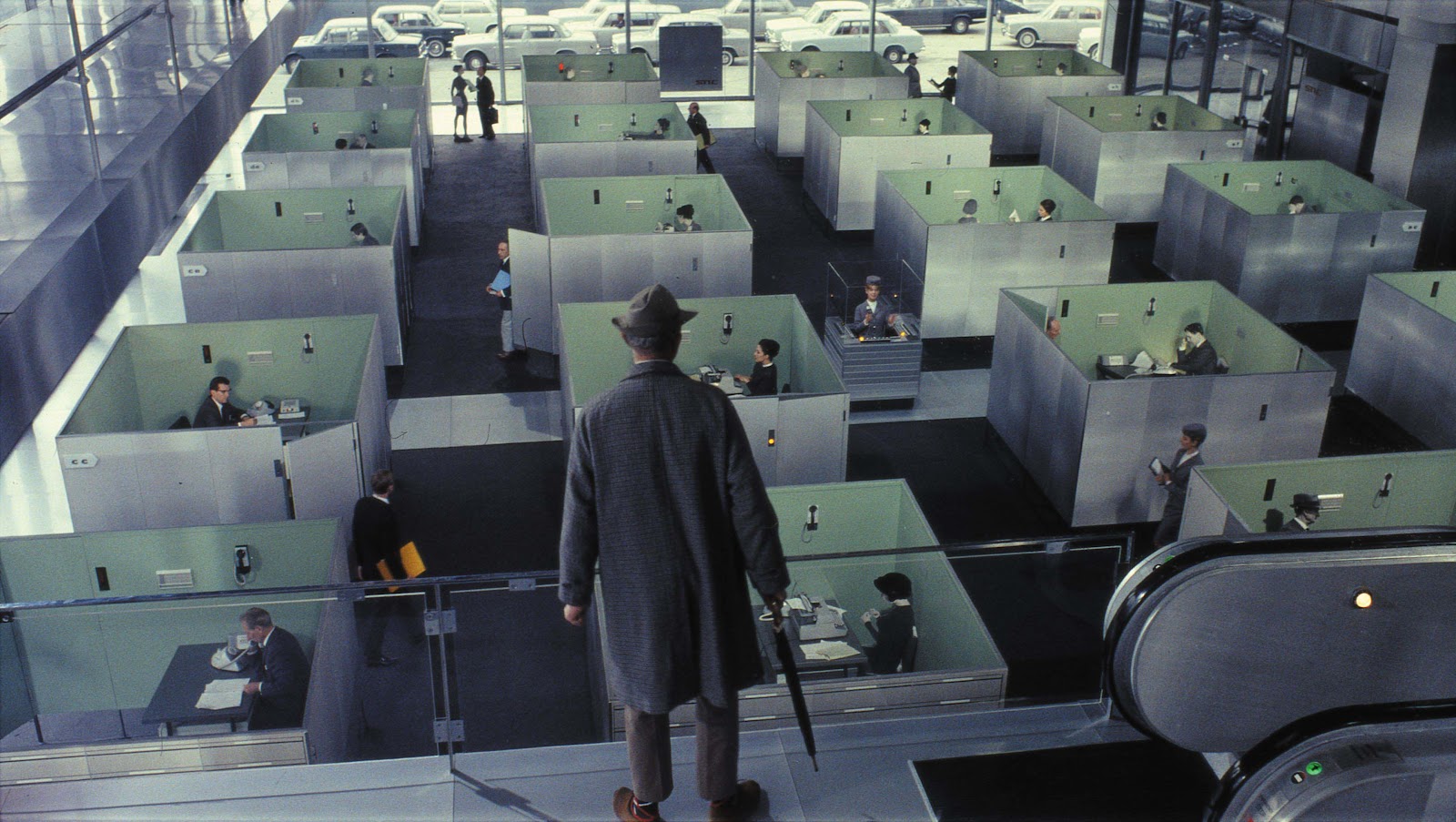
The first of two Jacques Tati pictures on the list – we could have put more of his work here, trust us! – Playtime is a 70mm masterpiece. Full to burst with Tati’s exemplary trademark touches; subtle yet variegated visual comedy, dialogue just a background conceit to garish physical camp, and genius tightly-choreographed gags at an accelerated pace.
Paired into six strange sequences, each loosely tied to American tourists who first touchdown in a modern French airport before being whisked away and through an ultra state-of-the-art Paris. The tour group intersects with Monsieur Hulot (Tati) at numerous intervals but mostly their run-ins and all the up-to-the-minute modes of modernity is what Tati is interested in.
Almost 50 years since it was filmed and Playtime still plays out as fresh and foolish as ever, and the intricate and overly elaborate gags that Tati makes public on his super-colossal set – the most convoluted and costly in French history – are as astonishing as they are side-splitting.
12. Solaris (1972)
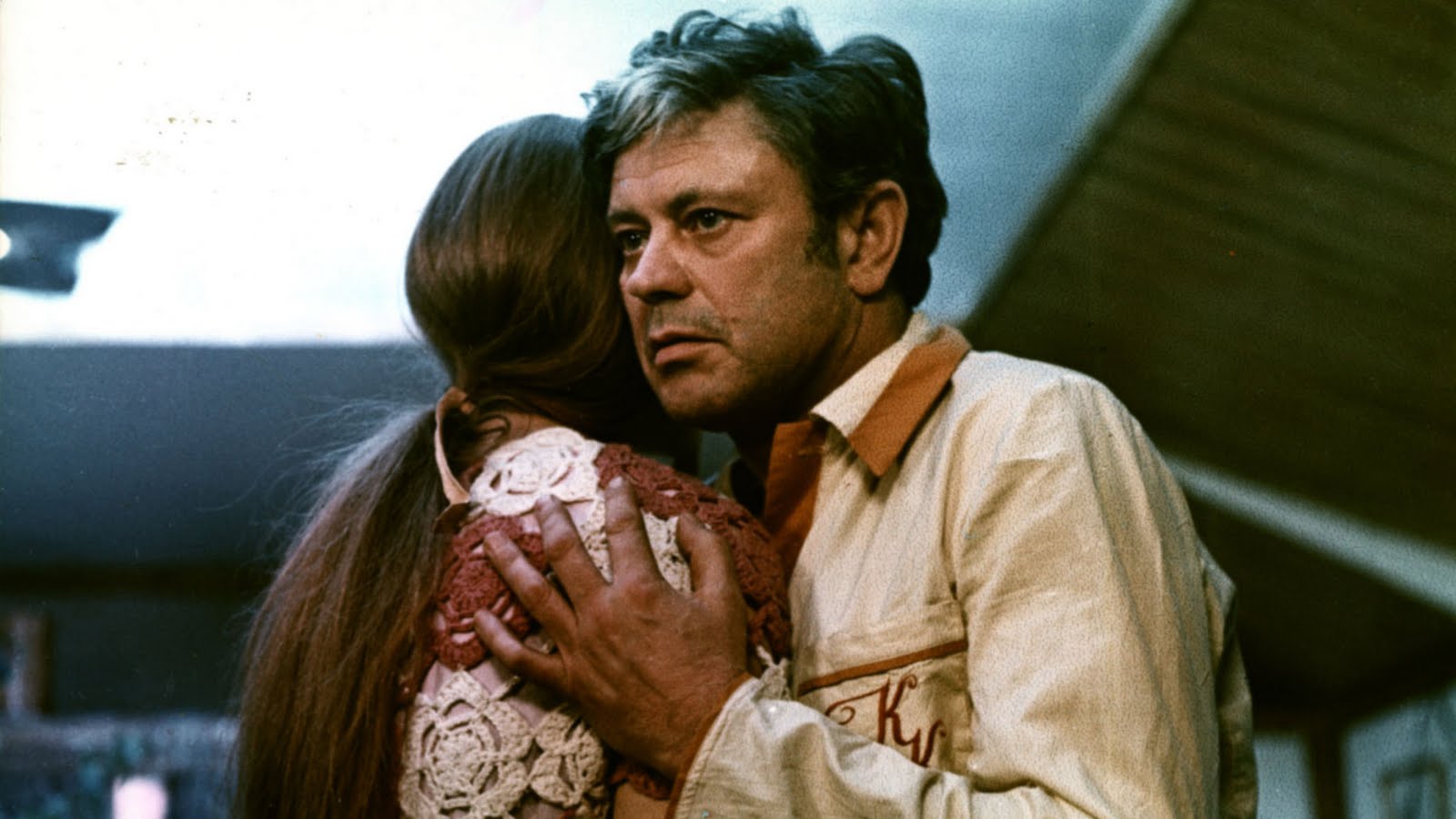
Not just one of legendary Russian filmmaker Andrei Tarkovsky’s (Andrei Rublev) most applauded efforts, Solaris – adapted from Stanisław Lem’s science-fiction masterpiece – is a philosophical feat of strength. Tarkovsky doesn’t bury his film in talking head exposition or didactic psychobabble of any sort. No, he’s more interested and in-tune with color symbolism, religious imagery, and compounded, creepingly-paced narrative.
An cosmonaut scientist named Kris Kelvin (Donatas Banionis), haunted by his late wife Hari (Natalya Bondarchuk) embarks on a mission to an orbiting space station above the eponymous planet Solaris. An absorbing and hard to shake experience, it also works as a wonderful companion piece to Kubrick’s 2001.
11. There Will Be Blood (2007)
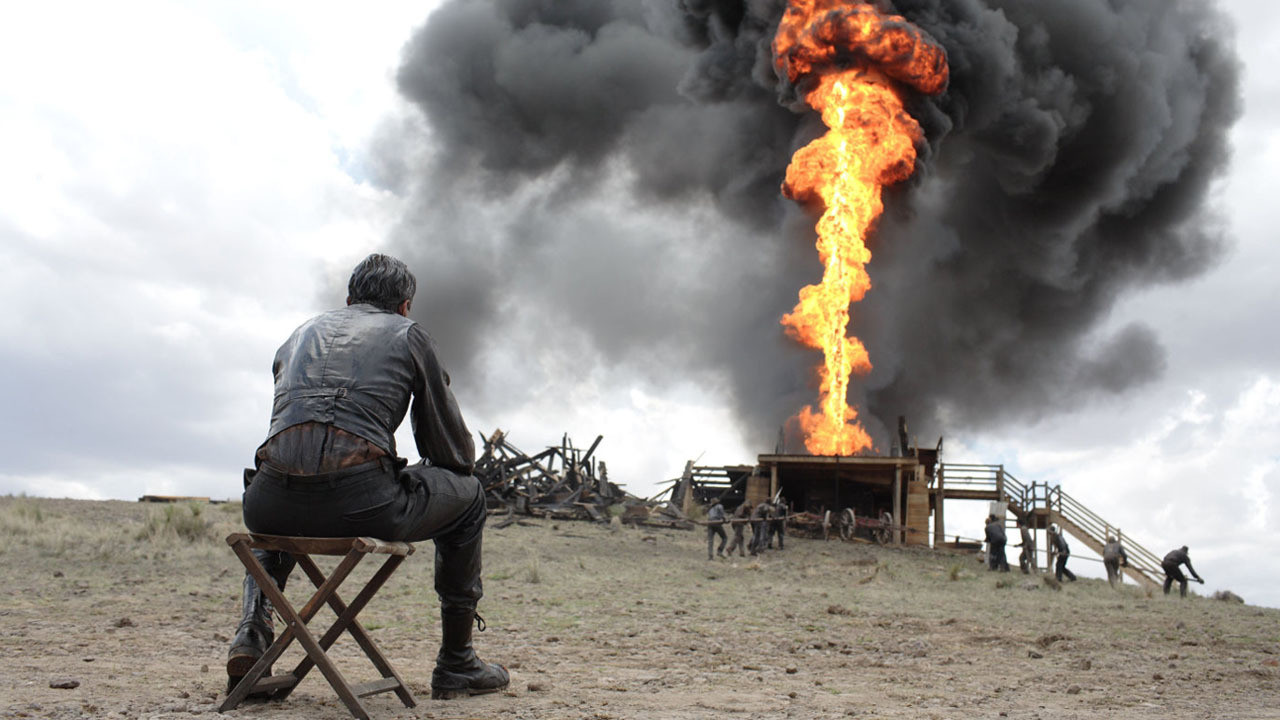
Paul Thomas Anderson’s ruthless masterpiece, There Will Be Blood, deserves to be on this list primarily for its bravura first act, where not a word is spoken until about the half hour mark. Daniel Day-Lewis as infamous oil baron, Daniel Plainview, is a hard-hearted force of nature, and watching this monster-in-the-making is compelling, particularly in those early scenes, which are also greatly serviced by the rattling score from Radiohead’s Jonny Greenwood.
A close-fisted, greed allegory, There Will Be Blood has literary origins—it’s loosely adapted from Upton Sinclair’s 1927 novel, Oil!—and is thick with symbolism and cutting edge ideas of sound and sound design. It tops best of lists the world over for good reason.
10. Eraserhead (1977)
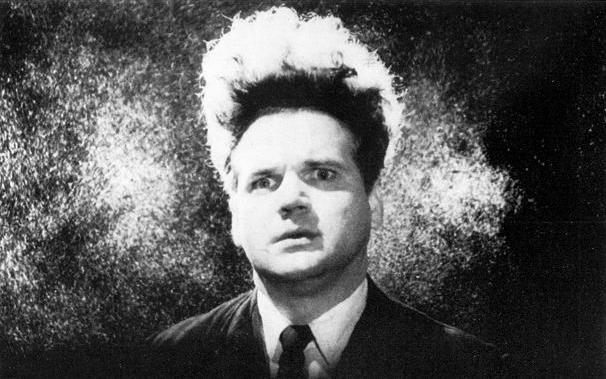
David Lynch’s abrasive, surrealist fantasia Eraserhead is a crazy-quilted charcoal comedy, obsessed with body horror and muffled utterances from it’s many grotesque characters. Starring Lynch’s greatest muse, Jack Nance as Henry, a miserable factory worker who toils in an industrial wasteland until one day when his girlfriend, Mary X (Charlotte Stewart), informs him he’s the father of a repulsive mutant child.
In terrifically textured black-and-white imagery and unsettling soundscapes – which often speak more than the scant dialogue that freckles here and there in the film – the term “Lynchian” was first uttered. With its disturbing imagery, and inherent eccentricity, Eraserhead is an acquired taste, but it’s also an enduring one, and a great midnight movie, too.
9. Walkabout (1971)
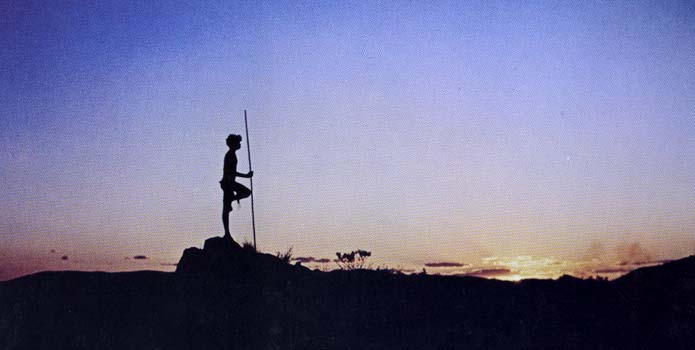
Powerful visual compositions with an almost religious intensity permeates Nicolas Roeg’s (Don’t Look Now) meditative, haunting, and at times eerily surreal story of survival in the Australian outback. Using James Vance Marshall’s 1959 novel “The Children” as a starting point, Roeg’s story involves a teenaged girl (Jenny Agutter) and her little brother (Luc Roeg), who are left stranded in the wild after their father (John Meillon) suffers a breakdown and commits suicide.
Aided by an Aboriginal boy (David Gulpilil) and Roeg’s visual dynamism after years of being a celebrated cinematographer – Roeg shot second unit on Lawrence of Arabia as well as François Truffaut’s Fahrenheit 451 amongst others – Walkabout is an exotic arthouse entry.
Roger Ebert praised the film many times, calling it “…a meditation about living on earth, which finds beauty in the way mankind’s intelligence can adapt to harsh conditions while civilization just tries to wall them off or pave them over. Walkabout is one of the great films.”
8. Corn Island (2014)
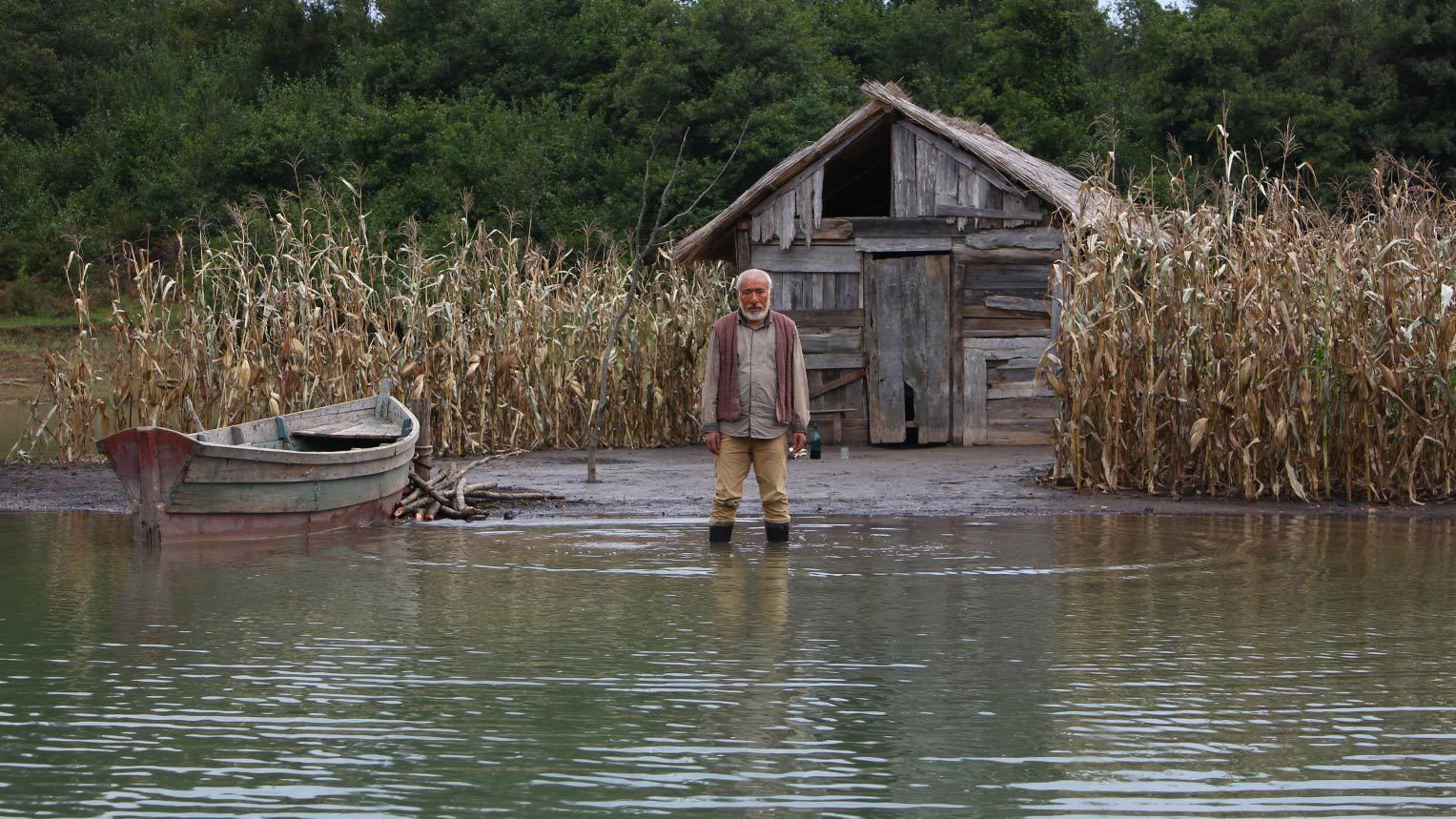
Austere, intelligent and about as far removed from Hollywood as can be, Ovashili’s pragmatic allegory about a fine fettled peasant and his devoted granddaughter is one of the most stunning and graceful films of 2014.
It unravels at an unhurried pace, but its visuals are so lovely and alluring – cinematographer Elemer Ragalyi’s 35mm photography is spellbinding – making for a very singular cinematic experience that will leave you dumbstruck and dazzled. Word needn’t always speak what the heart already knows.